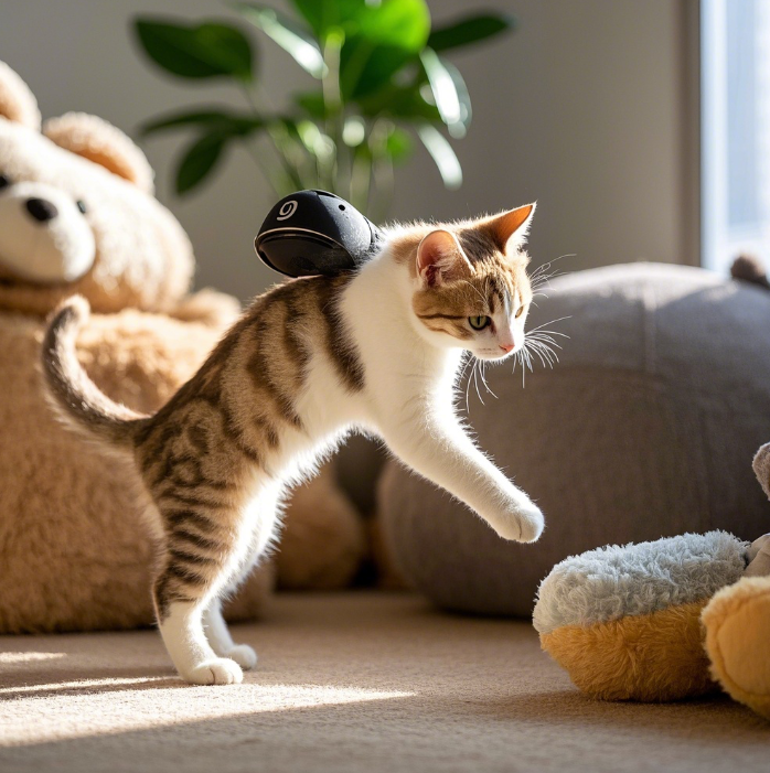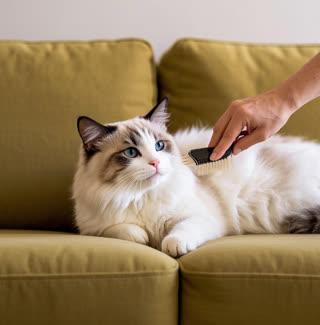Understanding Feline Memory: Do Cats Remember Punishment?
Short-term memory: Cats retain information for 16-18 hours, making immediate discipline more effective.
Long-term memory: Traumatic events can create lasting associations, leading to fear-based behaviors.
Context matters: Your cat may avoid a specific location (e.g., a scratched couch) but not generalize hatred toward you.
Sudden aggression when approached.
Avoiding areas where punishment occurred.
Refusing to interact after a conflict.
Why Your Cat Acts Distant After Punishment
Trigger the fight-or-flight response: Loud noises or physical correction activate fear.
Associate you with negative emotions: This can erode trust over time.
Exhibit displacement behaviors: Licking, grooming, or hiding to cope with anxiety.
Decoding Feline Behavior After Discipline
| Behavior | Emotional State |
|---|---|
| Dilated pupils | Fear/anxiety |
| Tail flicking | Agitation |
| Ear flattening | Discomfort |
| Slow blinking | Relaxation |
How to Discipline a Cat Without Creating Resentment
1. Immediate Redirection
Catch misbehavior in the act (within 5 seconds).
Use a distraction: Shake a can of coins or clap gently.
Redirect to an appropriate activity (e.g., scratching post).
2. Positive Reinforcement
Reward desired behavior with treats, praise, or play.
Use clicker training for complex behaviors.
3. Avoid Harsh Methods
Never hit, yell, or spray water. These increase fear and aggression.
Isolation (e.g., locking in a room) damages trust.
Rebuilding Trust After Conflict
Give space: Let them approach you on their terms.
Offer comfort: Place treats near their hiding spot.
Gentle interaction: Use a feather toy to initiate play.
Consistent routine: Stick to feeding and playtimes to reduce anxiety.
Decoding Feline Behavior: Myths vs. Facts
| Myth | Fact |
|---|---|
| Cats seek revenge | They avoid threats, not plot revenge. |
| Ignoring you = grudge | May indicate fear or stress. |
| Spoiling causes misbehavior | Lack of structure does, not affection. |
Do Cats Hold Grudges? The Final Verdict
How to Discipline a Cat: A Step-by-Step Guide
Stay calm: Reacting emotionally escalates stress.
Use non-verbal cues: Clap or stomp gently to startle.
Redirect: Guide to an appropriate behavior.
Reward: Praise immediately when they comply.
Waiting to discipline (reduces effectiveness).
Mixed signals (e.g., laughing at misbehavior then scolding).










